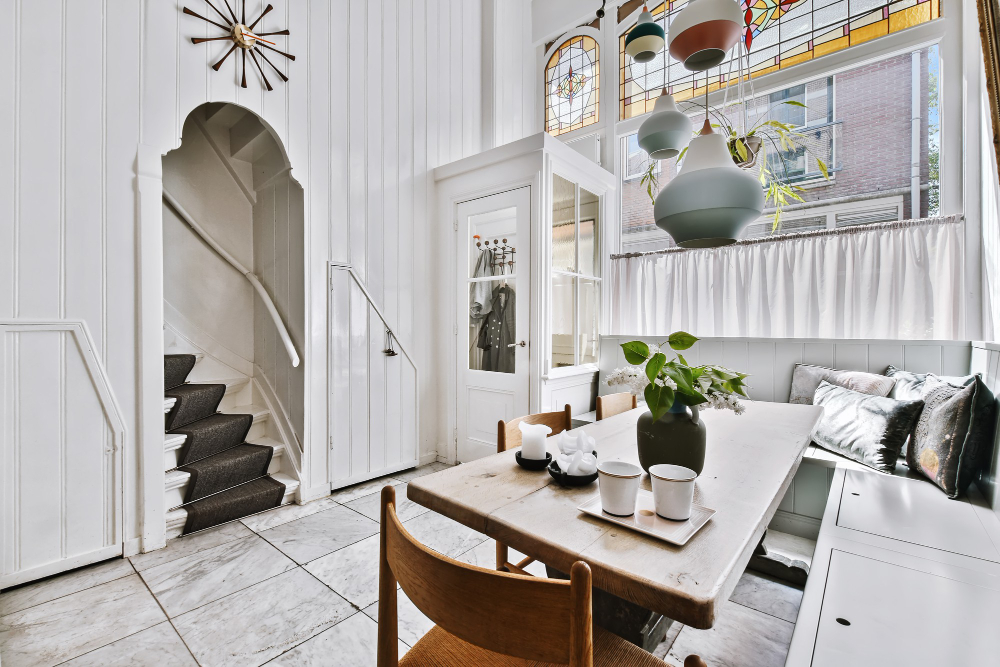Interior design blends creativity and practicality to create functional, attractive spaces. It involves understanding how people use rooms and how design elements interact. Designers carefully consider space, color, light, shapes, and textures to craft environments that are both visually appealing and user-friendly.
Form and Texture
Furniture, decorations, and materials are crucial in defining a room’s character. Designers blend various shapes and textures to create interest and balance. They use a mix of modern furniture, soft fabrics, and natural materials to establish a unique style. Rugs play a vital role, adding color, patterns, and textures that tie the room together. For rug options, nordicknots offers a selection worth exploring.
The Foundation: Space and Layout
Interior design starts with using space wisely. Designers think about how people move and use a room, making sure it works well for those living there. They plan the layout to make moving around easy and create areas for different uses. They also try to make the space feel balanced. Good designers can do this in any size home, from small apartments to big houses. They know how to use every bit of space effectively.
The Power of Color
Color profoundly influences a room’s atmosphere. Designers use color theory to evoke emotions and enhance ambiance. Calming blues and greens in bedrooms promote relaxation, while energizing reds and yellows enliven social spaces. Color choices significantly impact a room’s feel and function. Designers also consider how natural and artificial light interact with colors, as lighting conditions can alter color perception.
Illuminating Spaces
Lighting is very important in interior design. It helps make a room both useful and beautiful. A good lighting plan uses three types of light: general light for the whole room, focused light for specific tasks, and special lights to show off certain features. Designers choose lights that match the room’s style and give the right amount of brightness. How light and dark areas work together can change how a room feels, making it seem bigger, more comfortable, or more impressive.
Personalizing Spaces
The real skill in interior design is making rooms that show who the people living there really are. Designers talk a lot with their clients to find out what they like, what they need, and what they dream of. Then, they use this information to create a design that fits together well. This could mean using family treasures, displaying artwork the client loves, or making special furniture that fits just right in the space and matches what the client wants.
The Evolution of Design
Interior design keeps changing as culture, technology, and how people live change. Today’s designers mix old ideas with new ones. They use eco-friendly materials, smart home tech, and spaces that can change easily. Interior design keeps finding new ways to make rooms look good and work well for modern life. Art and photography are becoming more important in this process. They help make rooms special and show the owner’s style.
Takeaways
Interior design merges technical skill with artistic vision. It transforms concepts into physical spaces through careful consideration of design elements. The result: environments that positively impact inhabitants. As society changes, interior design remains vital, influencing how we experience our surroundings.

